Are you moving to the Big Apple with your family? If that’s so, you should consider choosing NYC public schools as a schooling option for your kids. The main reason is that all children between ages 5 and 21 are entitled to free public schooling. Aside from the financial part, NYC’s tax-funded institutions offer good quality education for their students.


Who Is in Charge of New York City Public Schools?
State-funded educational institutions in NYC are operated by the New York City Department of Education. The E.D. presents the most extensive system of tax-funded educational institutions in the U.S., headed by the Chancellor in alliance with a leadership team. Richard A. Caranza is the current Chancellor, appointed by Mayor Bill de Blasio. Since 2002, The Big Apple’s state-funded educational institutions have been under mayoral control.
Aside from the mayor, the Panel for Education Policy also has certain administrative authority. This “governance body” is authorized to approve the placement of new institutions and closures of others—however, the mayor influences who will be sitting on the panel. Members of the board are the Chancellor and 13 members. Besides Chancellor, the mayor has the right to choose eight members. The committee also includes students who are its non-voting members.
There are also two advisory committees, Citywide and Community Education Councils. They consist of elected parent leaders whose job is to assist with administering institutions on the district level. The councils are composed of 12 volunteers – two community members, a high school senior, and nine elected parent members. They have the right to approve zoning lines, make recommendations to the departmental, and review educational programming.
Another prominent figure is the superintendent. Its job is to support and oversee all educational institutions in a given area. To rate the principals and approve tenure of teachers is also the superintendent’s job. They may also assist parents, even though the most significant part of this role is given to the parent coordinators at individual institutions and family advocates. If some emergency occurs, parents can always call 311 for assistance, as well as for help.


Types of NYC State-Funded Schools and the Difference Between a Zone and District
NYC is divided into 32 geographical districts, and those districts are divided into zones. That way, it is determined which local educational institution belongs to which area. Every district receives guidance from a Community District Education Council, made up of local representatives and parents, and has its superintendent. Families that are moving with kids can call 311 to determine what district/zone they belong to.
Types of Schools
Each New York City educational institution is different, and it offers different grades. Some of them have classes pre-k to 5, while others go up to 8th grade. There are also junior highs for 6-8 and senior highs for 9-12. Some institutions, however, have classes for 6 to 12 grades.
Every child can attend three different institutions between pre-k and senior high or just two (it depends on the grade configuration). Here’s the list of institutions:
- Elementaries
- Junior Highs, Intermediate
- Senior Highs
What Educational Institution Serves What Area? – Use One of the Best Tools, Schoolbook’s Search Tool, and Find Out
When an educational institution is zoned, it means that it is accessible to each student living within a designated zone – it is the closest one to the student’s home. Elementaries and junior highs are usually zoned, but some senior highs can also be.
It is essential to know that some districts don’t have zoned educational institutions. These districts are usually referred to as “choice districts.” For instance, areas 1, 7, and 23 are such communities. When applying, kids who live in choice districts have to rank their preferred institutions. For more information, Schoolbook’s search tool can be a big helper.
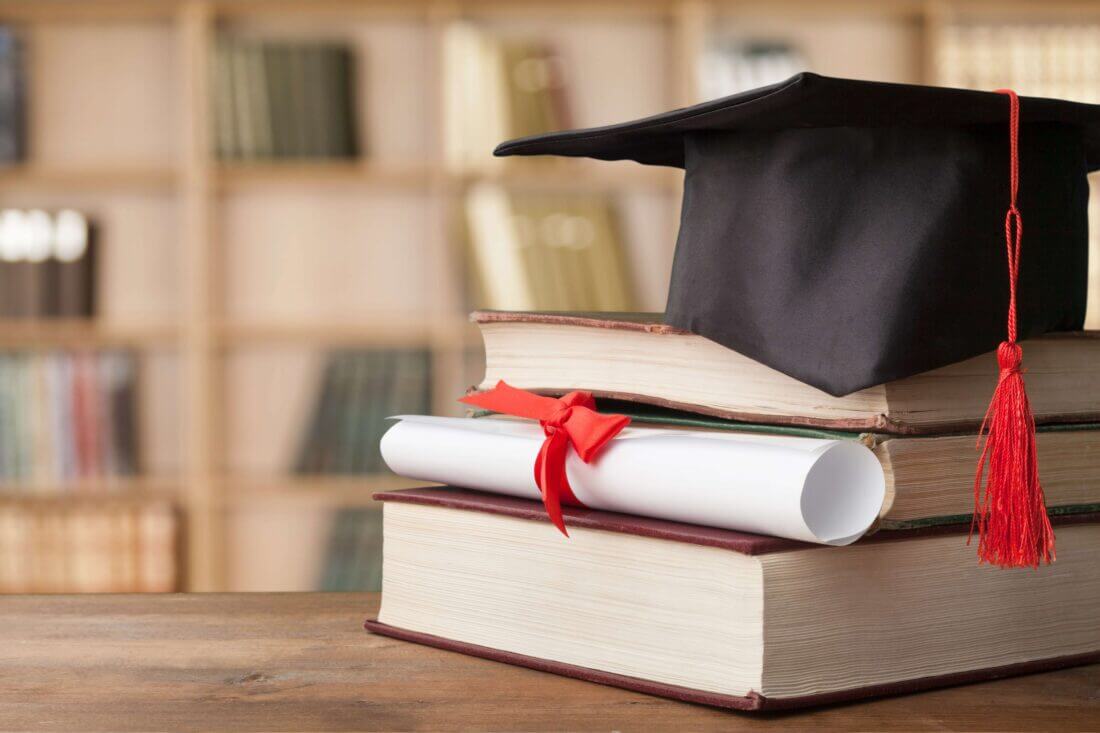

NYC’s Tax-Funded Kindergartens and Elementaries
Each child that turns five can be accepted to Kindergarten. Even if your little one turns five sometime between September and December, he or she can be admitted to Kindergarten in September of that year. In case the educational institution in your neighborhood does not have available space, your child will be accepted to another school that’s not filled. Once you kid reaches K-5 age, it can attend NYC’s tax-funded elementary.
Few state-funded educational institutions have pre-k classes for children who are four years old before December 31. Programs are usually two and a half hours or six hours and twenty minutes a day.
The List of the Best State-Funded Elementaries in The Big Apple for 2020
According to Niche, these are the top 5 elementaries in The Big Apple:
- Lakeville Elementary was named a 2009 Blue Ribbon school of excellence, the highest award of the US E. D. Located in The Village of Lake Success, it is suitable for kids in grades 1-5 and Kindergarten. Pre-Kindergarten and Kindergarten classes take place at Parkview Elementary in the nearby town of New Hyde Park. Alongside Saddle Rock, John F. Kennedy, and E. M. Baker, Lakeville is the fourth elementary in the Great Neck School District. This institution offers English Language Arts, Mathematics, Social Studies, Special Area Programs, Intervention Programs, and Enrichment Courses.
- South Grove Elementary is for kids in grades Kindergarten-5. In the 2016-17 school year, proficiency in math was 85-89%, which is higher than the NYS average of 50%. In that same year, the percentage of pupils achieving proficiency in reading/language arts was 80-84%, which is higher than the NYS average of 47%.
- E. M. Baker Elementary is a top-rated institution located in Great Neck. It has kids in grades K-5 and a student-teacher ratio of 11 to 1. When it comes to testing scores, 81% of pupils are proficient in math and 77% in reading.
- Village Elementary – Located in Syosset, NY, this institution has 399 kids in K-5 grades. It also has 87% of pupils proficient in math and 82% in reading, and a student-teacher ratio of 13 to 1.
- Fox Meadow Elementary is located in Scarsdale, and it has 473 kids in K-5 grades. With a student-educator ratio of 13-1, 94% of pupils are proficient in math and 89% in reading.
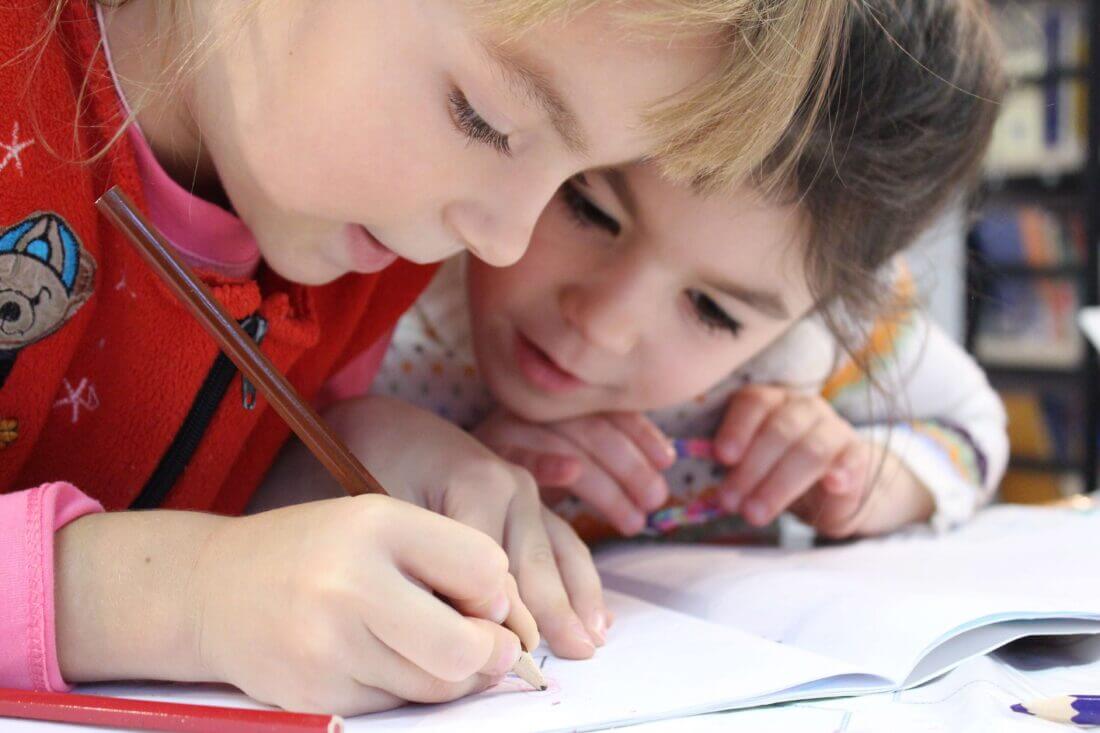

Junior Highs in The Big Apple
Kids who are close to finishing a city’s state-funded elementaries receive applications for middle school each fall. It is on the student to fill the form by ranking schools in order of preferences and then to return it to its elementary.
Keep in mind that applications have to be submitted by December at the latest, while decision letters are available in May. Kids that live beyond walking distance from their future educational institution can get free Metrocard for transportation. In all, Junior Highs are for children in grades 6-8.
The Best Ranked New York City Tax Funded Junior Highs
According to Niche, these are the top-5 Jhs in The Big Apple in 2020:
- Great Neck South Jhs presents a community of kids, parents, educators, and guardians working together to provide the best environment for growth for kids aged 10-14. It has 781 grads with a student-educator ratio of 10 to 1. According to test scores, 82% of students are proficient in reading and 86% proficient in math.
- H.B. Thomson Jhs is located in Syosset, and it has 852 kids in grades 6-8. When it comes to testing scores, 76% of grads are proficient in reading, and 87% in math.
- New Explorations in Science, Technology, and Math Jhs is located in Lower Manhattan. With its academically challenging programs attracts bright kids, grades K-12.
- South Woods Jhs is located in Syosset, NY, and it has 782 kids. According to test scores, 79% of grads are proficient in reading and 88% in math, while the student-teacher ratio is 10 to 1.
- Herricks Jhs is located in Albertson, NY. It has 937 kids in grades 6-8 and has a student-educator ratio of 11 to 1. According to test scoring, 85% of grads are at least proficient in math and 83% in reading.
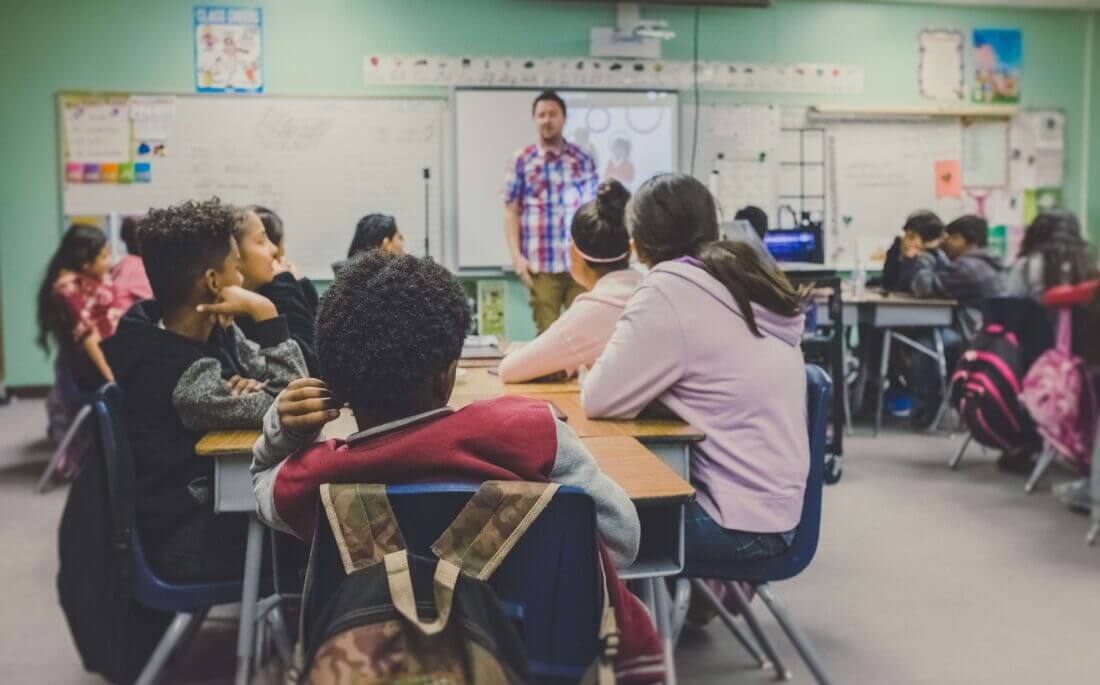

The Big Apple’s Tax-Funded Senior Highs
In the Big Apple, all juniors have to apply to be accepted into a tax-funded senior high. Each eight-grader applies by listing a maximum of 12 programs in order of preference, while the first results are available in March. Senior Highs grade children in grades 9-12.
When it comes to the application process, it all starts in Summer when each student should get to know educational institutions in their zone district. December is when grads have to submit their applications, while admissions are announced between February and March. Those who are not satisfied with the results can appeal in May.
There are a few tips that can help each student to get ready for the application process. First, each eighth-grader should create a portfolio that contains information about his or her extracurricular activities and accomplishments. It’s also helpful to search online for educational institutions you are interested in, or to visit senior highs in person.
According to Niche, these are the best ranked Tax-Funded Senior Highs in the Big Apple, 2020:
Pathways in Technology – Early College High School
Pathways in Technology is the senior high where kids can earn an Associate’s Degree at CUNY. It offers grades 9-14, enabling grads to get high school, college, and career experience and relevant industry certification.
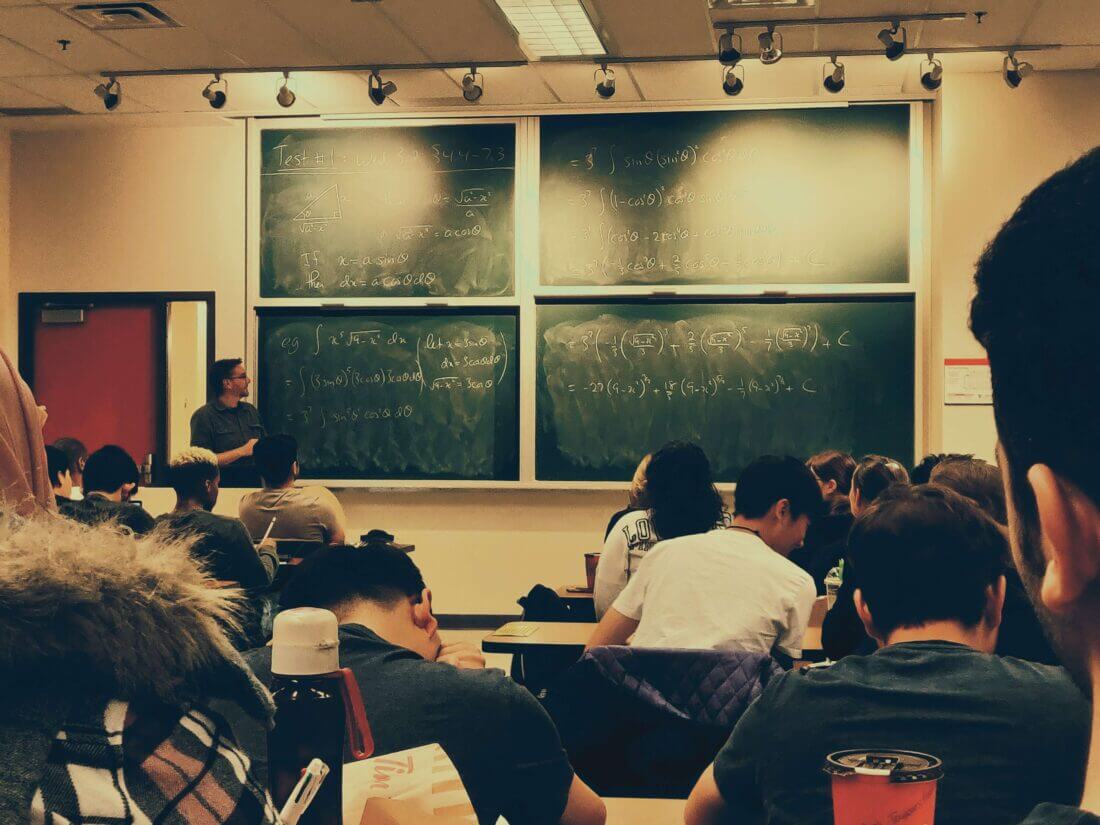

Parents Want to Know: What Kind of Amenities Each Tax-Funded School Offers?
The mission of the E. D. is to provide the best conditions to all grads during their studies. Those conditions include nutrition, health, transportation, and, most importantly, safety.
Food: The E. D. provides free breakfast, lunch, and afterschool meals to all city’s grads in state-funded educational institutions. The E. D. offers a variety of food service programs, even during the summer. Meals are served at community pools, libraries, parks, and other locations around the Big Apple.
Transportation: Kids are eligible for different transportation services, including MetroCards, distributed to those who need it at the beginning of each semester.
Health Services: Many health services are there to support grads’ health. Nurses and physicians conduct physical exams and look after children with health issues, such as diabetes, allergies, and asthma.
State-funded educational institutions are required, by Section 504 of The Rehabilitation Act, to offer accommodations and services for those with disabilities. Each educational institution has a health center that provides daily help to students to manage their illnesses.
Safety: The E. D. has created many programs to ensure that children and staff are safe during the day. These programs include Security in Schools provided by members of NYPD, Truancy Program and Lateness Policies to keep kids in educational institutions, and scanners to keep weapons out of institutions. It also includes Gang prevention and intervention, Digital Citizenship Responsibilities, and bullying prevention.
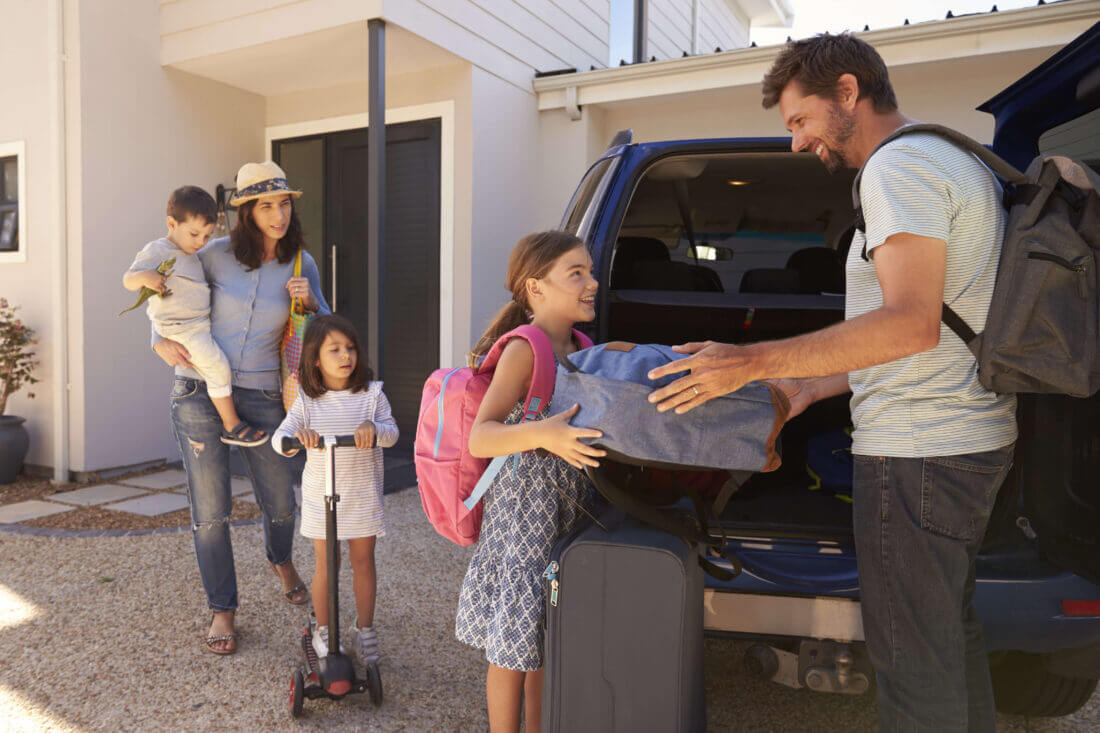

Public Schools in NYC During COVID 19 – When Will They Reopen?
To alleviate the spread of coronavirus, the E.D. shut down all educational institutions, and the county’s most extensive system moved to remote learning. According to the E. D, all NYC educational institutions will be closed for the rest of the school year. According to NYPost, Richard Carranza announced that there is a 50-50 chance that public educational institutions will open in fall 2020.
Therefore, you still have the time to choose the best schooling option for your kids. Meanwhile, you can dedicate to other relocation tasks, including contacting reliable New York City movers that provide the best moving and packing services, so that you get ready for your stress-free moving.





